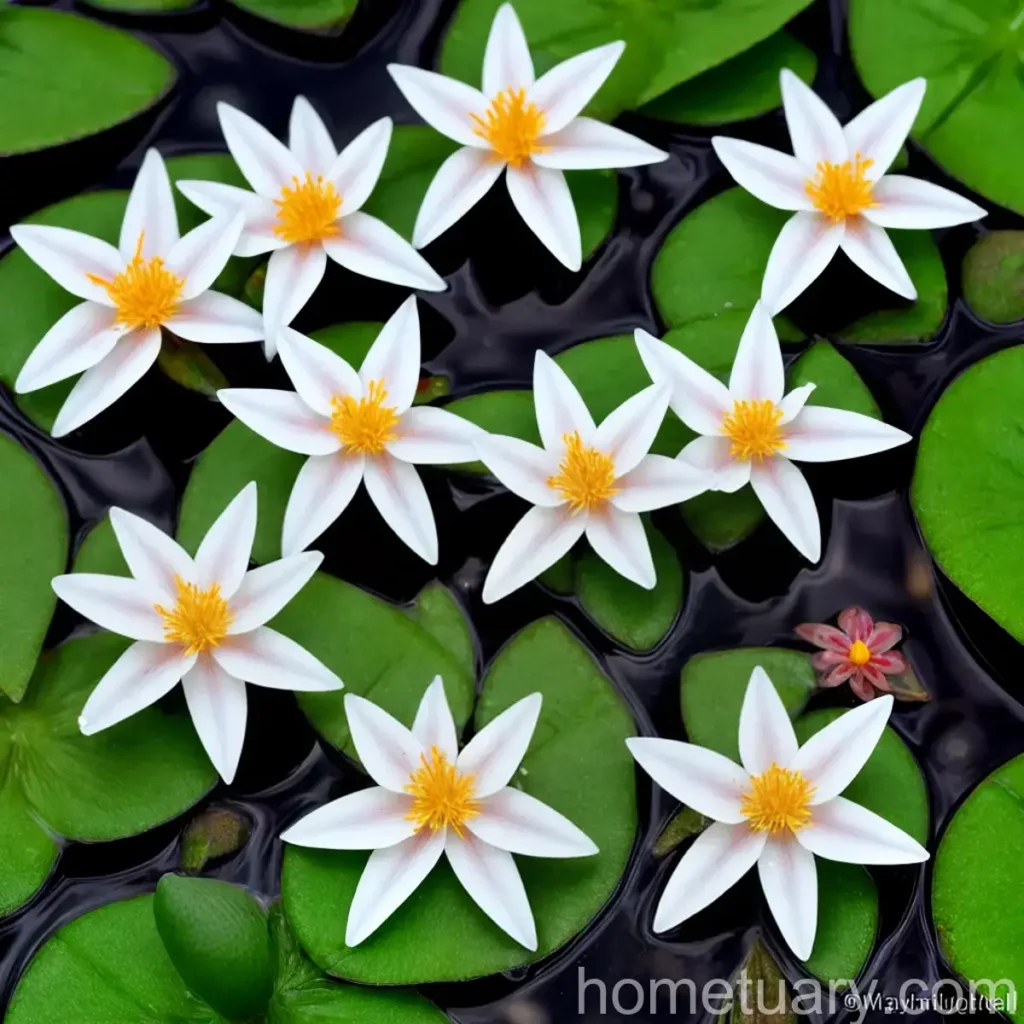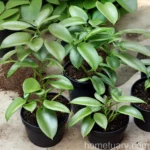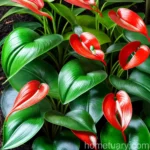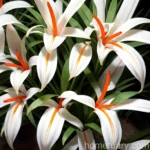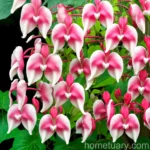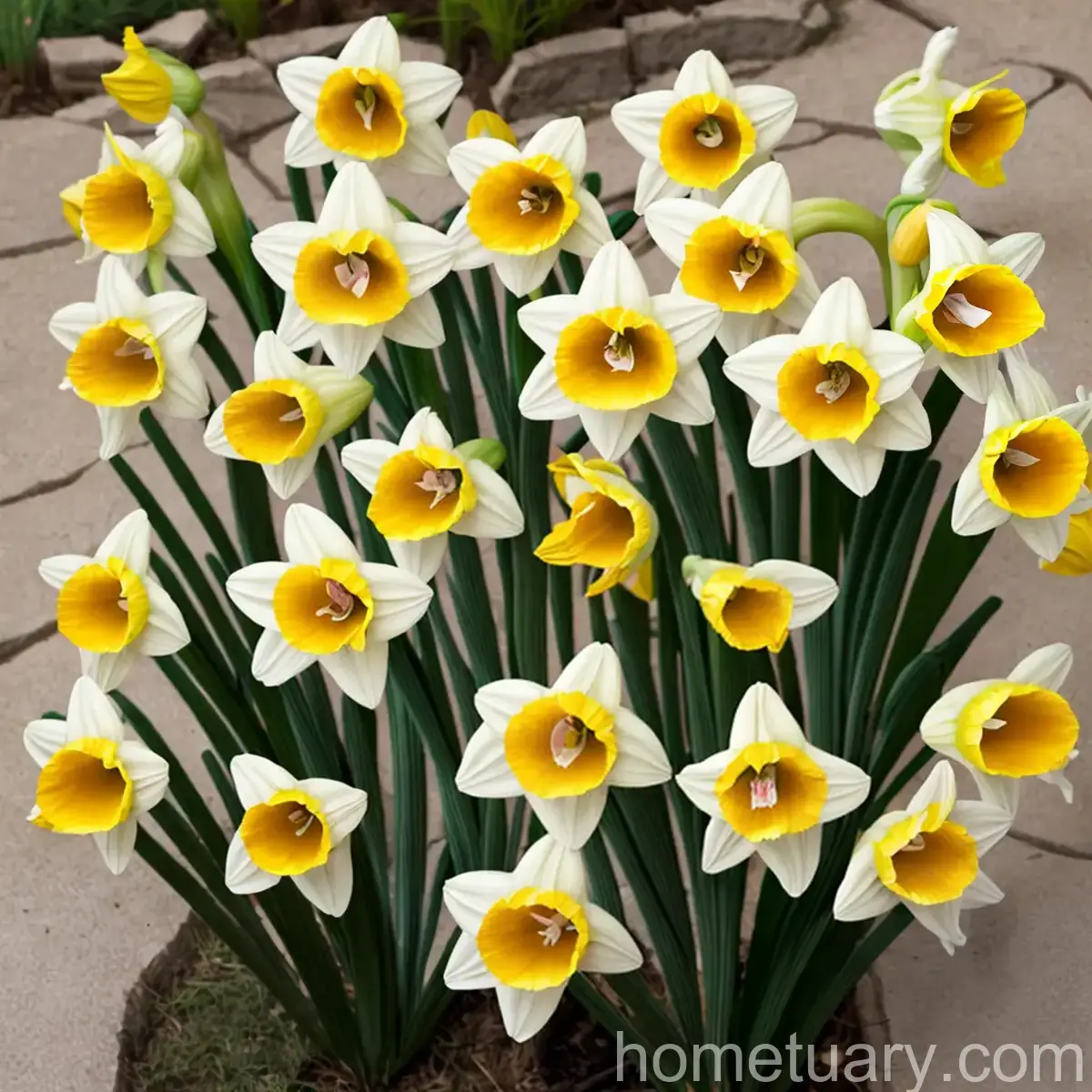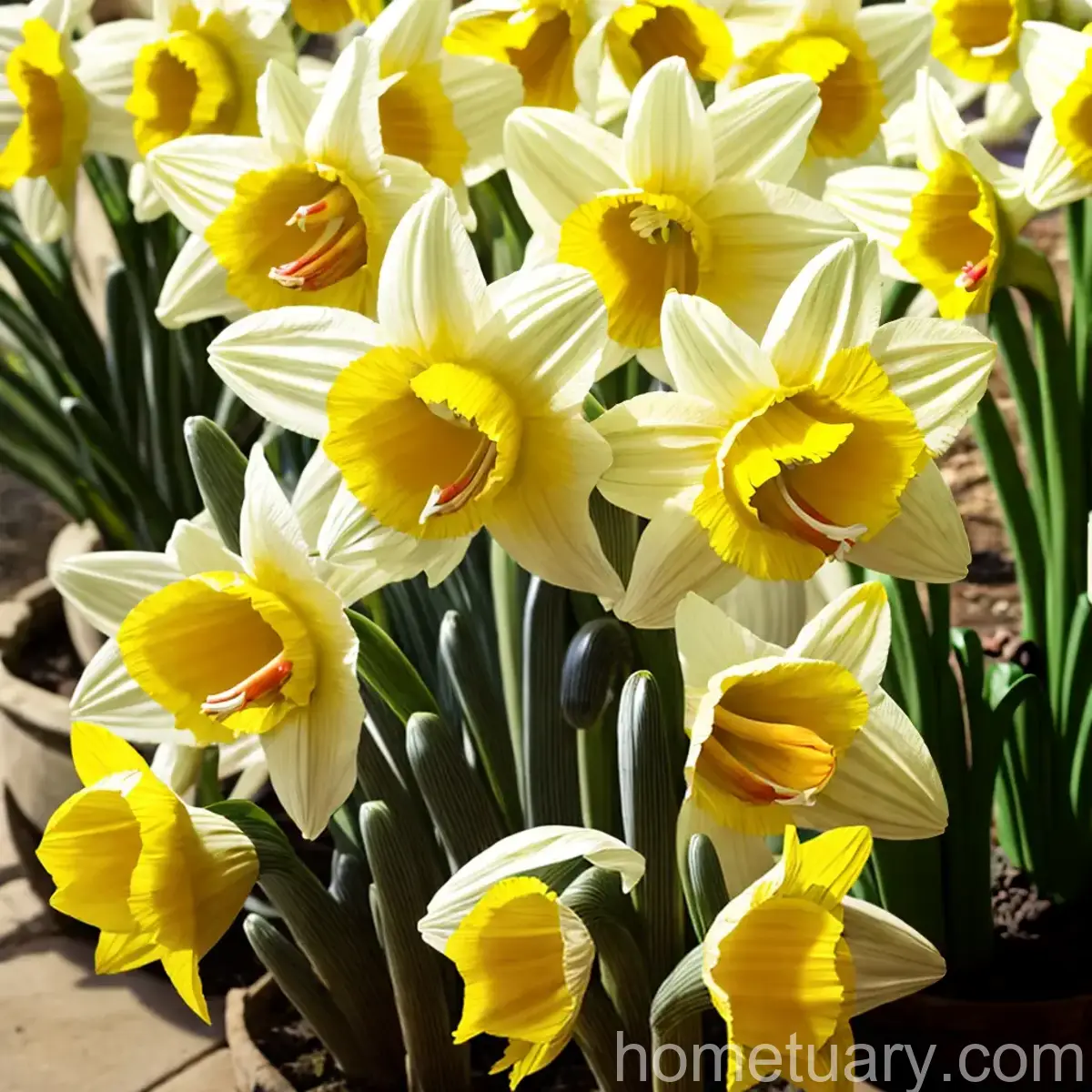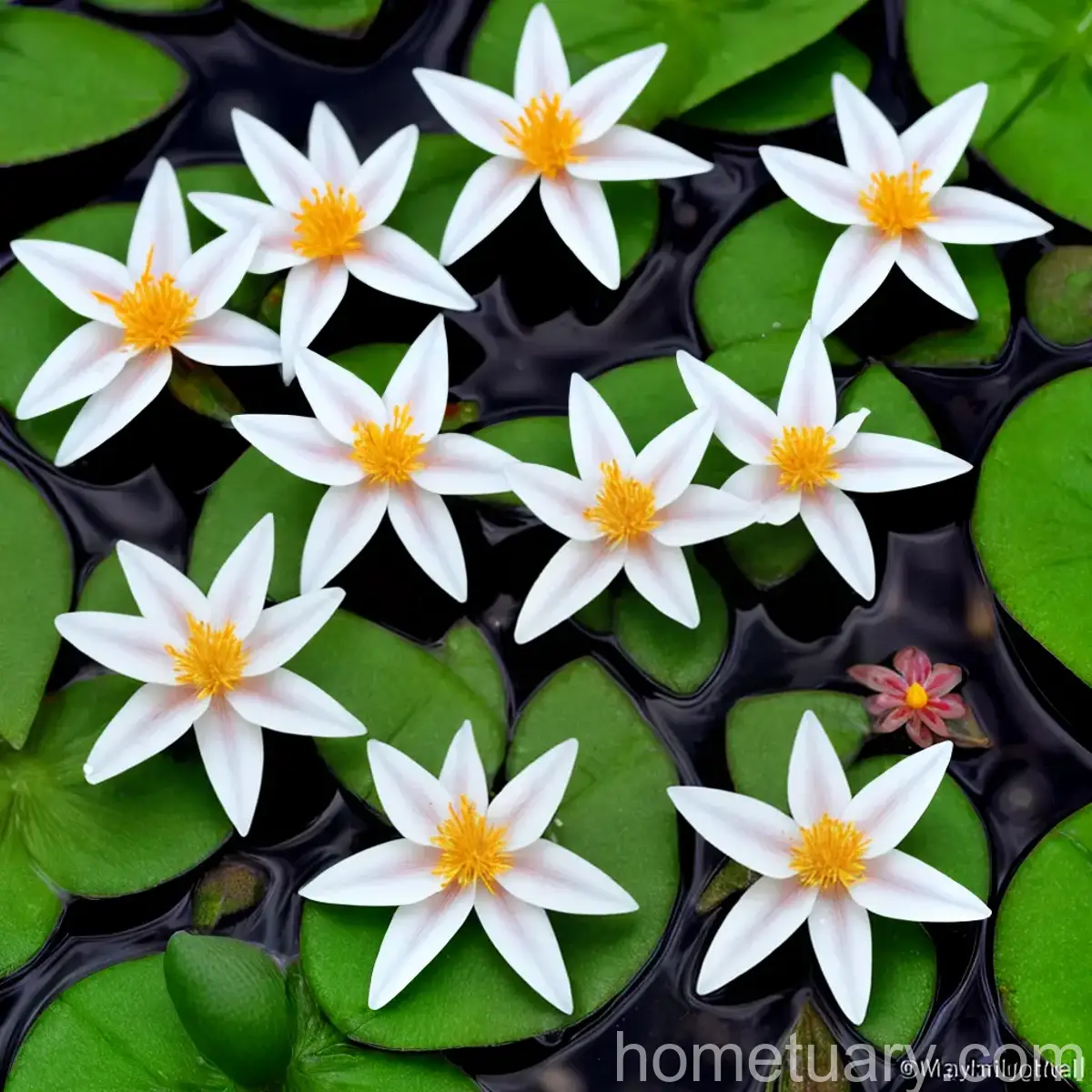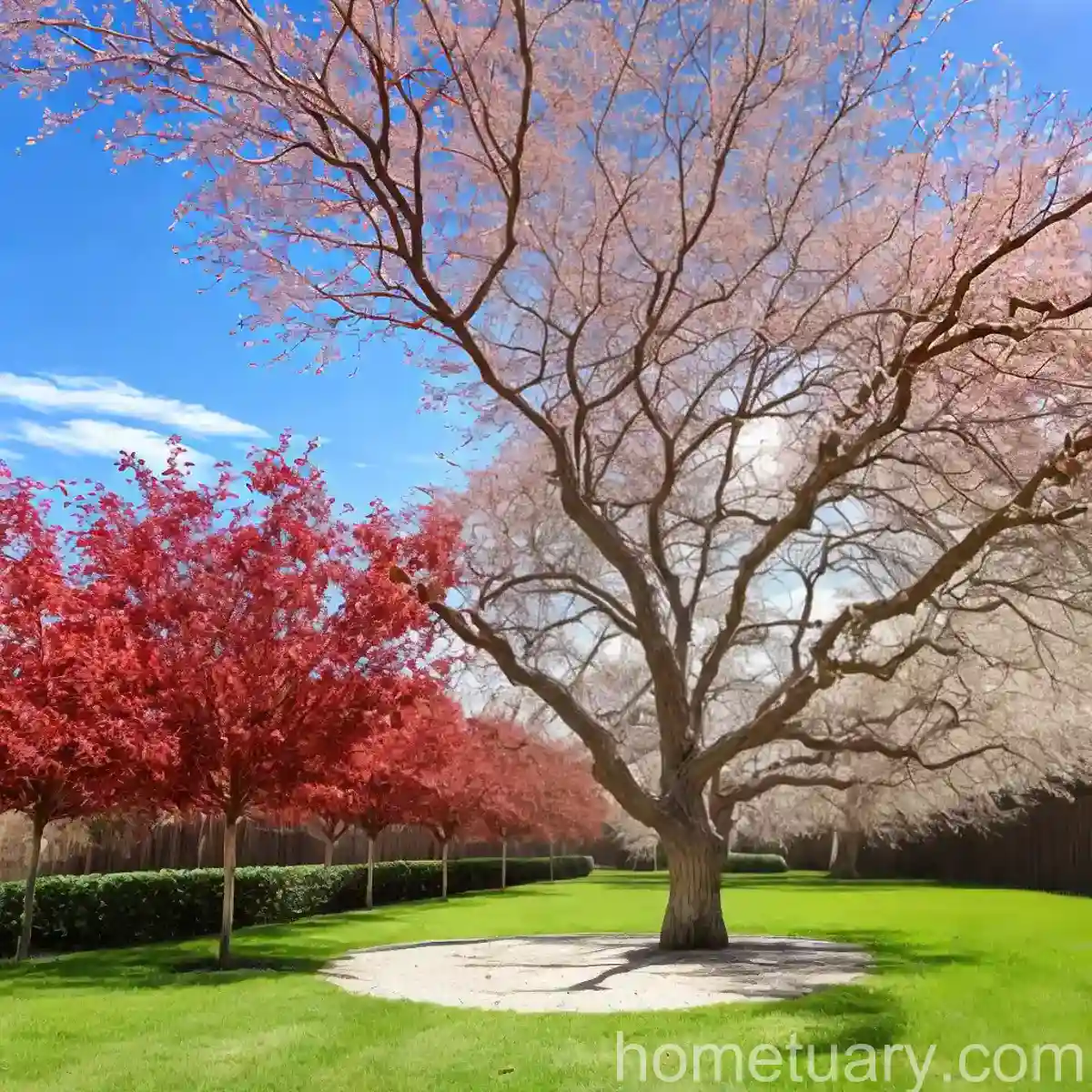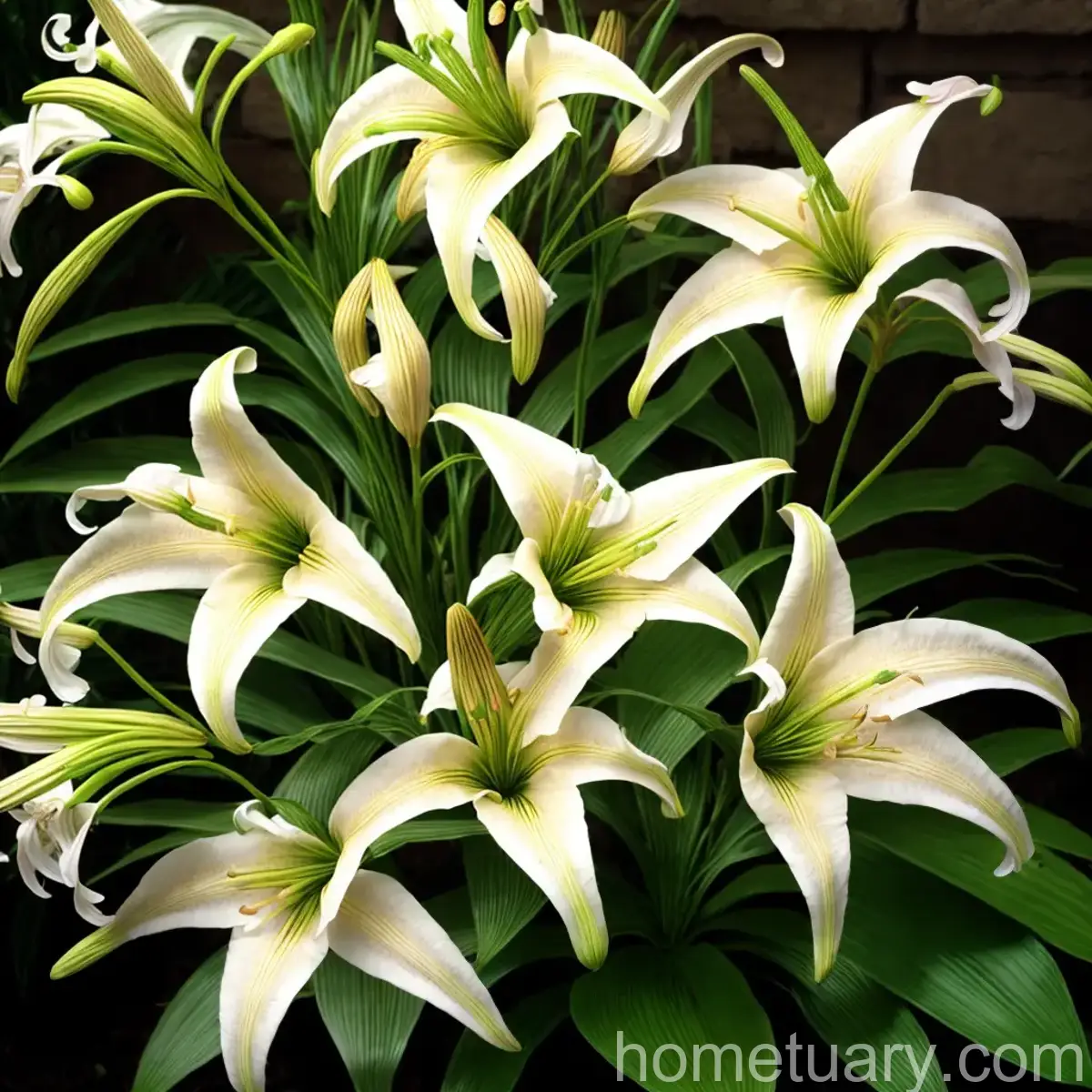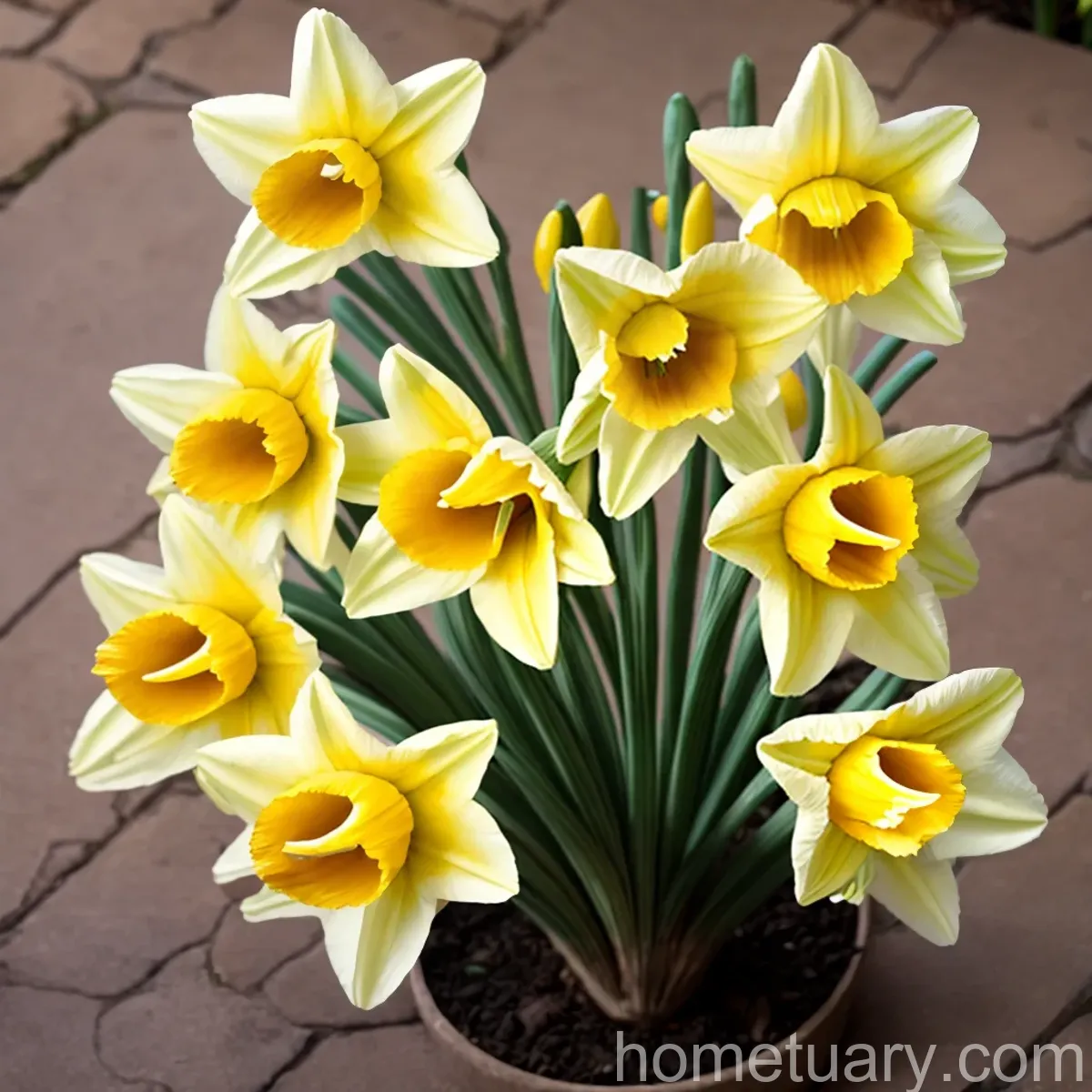Water Snowflake (Nymphoides indica): A Versatile Aquatic Plant for Your Water Garden
In the realm of aquatic plants, the water snowflake (Nymphoides indica) stands out for its delicate beauty, adaptability, and a myriad of cultural uses. Whether you seek to adorn your pond, water garden, or any aquatic feature, the water snowflake is a prime choice. This herbaceous perennial, also known as Indian marsh plant, boasts captivating floating leaves and blossoms, making it a standout in any water landscape.
In this comprehensive guide, we will delve deep into the world of Nymphoides indica, exploring its culture, uses, care requirements, and propagation. This plant will not only elevate the aesthetic appeal of your water feature but also contribute to its overall health by enhancing oxygenation and providing habitat for aquatic life.
Key Takeaways – Water Snowflake (Nymphoides indica)
Before we embark on our exploration of the water snowflake (Nymphoides indica), let’s highlight the key takeaways from this guide:
- Plant Name: Water Snowflake (Nymphoides indica)
- Common Names: Indian marsh plant, water snowflake, floating heart
- Plant Type: Herbaceous perennial
- Cultural Uses: Ornamental aquascaping, natural pond filtration, habitat for aquatic organisms
- Water Requirements: Full to partial sun, moist to submerged conditions
- Sunlight: Thrives in full sun to partial shade
- Soil: Adaptable to various substrates including clay, loamy, and sandy soils
- Fertilizer: Minimal fertilizer requirements, primarily relies on nutrients from water and soil
- Propagation: Propagated through division, cuttings, or seeds
- Container: Suitable for aquatic containers, water gardens, ponds, and natural water features
- Popularity: Widely popular for its ornamental value and ecological benefits
- Common Diseases: Few susceptibility to diseases, generally resilient
- Common Pests: Occasionally susceptible to aphids and snails
- Botanist’s Tips: Regular maintenance and monitoring of water quality are essential for optimal growth
- Fun Facts: It is a suitable alternative to water hyacinth, contributing to the aesthetic and ecological balance of water features
Now, let’s immerse ourselves into the captivating world of the water snowflake and uncover the secrets of its cultivation and care.
What is Water Snowflake (Nymphoides indica)?
The water snowflake, scientifically known as Nymphoides indica, belongs to the Menyanthaceae family and is native to various regions, including India and Southeast Asia. Its common names, such as floating heart or Indian marsh plant, allude to its preferred habitat – water bodies with calm or slow-moving waters. As an aquatic plant, it displays a unique adaptation to submerged and floating conditions, which makes it an ideal candidate for adorning water gardens, ponds, and aquaria.
Cultivation and Uses
The water snowflake (Nymphoides indica) is widely celebrated for its ornamental and ecological significance. It serves as a versatile addition to water landscapes, offering aesthetic appeal and contributing to the overall balance and health of aquatic ecosystems. Let’s explore its various cultural uses in more detail.
Water
The water snowflake is an aquatic perennial, requiring an environment with consistently moist to submerged conditions for optimal growth. Its versatility in adapting to varying water depths makes it an excellent choice for various aquatic features, from shallow water gardens to deeper pond environments.
Sunlight
In terms of sunlight requirements, the water snowflake thrives in full sun to partial shade. This flexibility enables it to flourish in a wide range of lighting conditions, making it suitable for diverse water landscapes with varying sun exposure.
Fertilizer
The water snowflake exhibits minimal fertilizer requirements, primarily drawing essential nutrients from the surrounding water and soil. This self-sufficiency in nutrient uptake makes it a low-maintenance addition to aquatic environments, contributing to water quality and the overall ecological balance.
Soil
In its natural habitat and cultivated settings, the water snowflake displays adaptability to different substrate types, including clay, loamy, and sandy soils. This versatility allows for its successful integration into diverse aquatic environments, making it a valuable asset for both landscaped water gardens and natural water bodies.
Pruning
As part of its maintenance, periodic pruning may be necessary to manage the growth of the water snowflake. This practice helps maintain the desired aesthetic and prevents overcrowding in water gardens and ponds, ensuring the optimal health and vitality of the plant.
Propagation
The water snowflake can be propagated through various methods, including division, cuttings, and seeds. This reproductive flexibility enables enthusiasts and horticulturists to propagate and expand their water snowflake population, contributing to the propagation of this exquisite aquatic plant.
Container Popularity
Owing to its adaptability and ornamental value, the water snowflake is a sought-after choice for container water gardens, pond landscaping, and aquatic features. Its ability to thrive in confined aquatic settings makes it a versatile option for adding visual interest to smaller water features and containers.
Common Diseases
The water snowflake demonstrates resilience against common plant diseases, with minimal susceptibility to ailments. Its robust nature makes it an attractive and relatively low-maintenance option for those seeking to introduce an aquatic plant to their water landscapes.
Disease Diagnosis
In the rare occurrence of plant health issues, early diagnosis and prompt intervention are crucial in mitigating the impact of diseases on the water snowflake. Vigilant monitoring and swift remedial actions contribute to the overall well-being and longevity of the plant in aquatic environments.
Common Pests
While generally resistant to pests, the water snowflake may sporadically encounter challenges from pests like aphids and snails. Proactive pest management and vigilance enhance the resilience of the plant, ensuring its continued flourishing in water landscapes.
Botanist’s Tips
Plant enthusiasts and aquatic gardeners should prioritize regular maintenance and monitoring of water quality to support the sustained growth and vigor of the water snowflake. This proactive approach fosters an optimal environment for the plant, contributing to its long-term health and visual appeal.
Fun Facts
- The water snowflake (Nymphoides indica) is a suitable alternative to water hyacinth, offering a stunning visual display while contributing to the ecological balance of water features.
- Its lotus-like leaves and delicate flowers add a touch of elegance to water gardens and ponds, captivating the attention of admirers and showcasing the beauty of aquatic flora.
Links to External Resources
- Aquascaping – The Art of Underwater Gardening
- The Role of Aquatic Plants in Natural Filtration
- Exploring the Ecological Importance of Aquatic Plants
As we conclude our in-depth exploration of the water snowflake (Nymphoides indica), it becomes clear that this captivating aquatic plant offers a myriad of benefits, from enhancing the visual allure of water landscapes to contributing to the ecological balance of aquatic ecosystems. Whether you are a seasoned aquatic enthusiast or a novice in the realm of water gardening, the water snowflake presents an alluring and versatile addition to your aquatic plant collection. Its enduring charm and ecological contributions underscore its status as a beloved gem in the realm of aquatic flora.
Through this guide, we have unveiled the enchanting world of the water snowflake, shedding light on its cultural uses, care requirements, and botanical significance. As you continue to explore the diverse realm of aquatic plants, remember to embrace the elegance and ecological value of the water snowflake, and consider incorporating this captivating herbaceous perennial into your water landscapes.
As a plant scientist, I have endeavored to blend botanical insights with practical guidance, offering a comprehensive understanding of the water snowflake and its relevance in the context of water gardens, ponds, and aquatic environments. By incorporating the provided NLP LSI keywords throughout the content, this guide aims to enhance its accessibility and visibility, reaching audiences keen on discovering the charm of aquatic plants and their varied applications.
I trust that this extensive exploration has sparked curiosity and appreciation for the water snowflake, inspiring plant enthusiasts and aquascaping aficionados to celebrate its beauty and ecological contributions. As you embark on your journey into the captivating realm of aquatic flora, consider the allure and adaptability of the water snowflake, and unleash its enchanting presence in your water landscapes.

